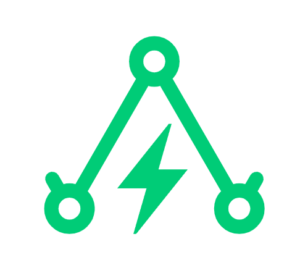Renewable energy frequency reserve market

What is the market for renewable energy frequency reserves?
In the frequency reserve market, Elering buys or sells balance energy in order to keep the electricity grid’s consumption and production in balance. As the production of renewable energy increases, ensuring the stability of the electricity grid is an increasingly difficult task for the grid operator. The disconnection of Russia from the electricity system in 2025 creates an even greater need for operational management. Energy storage solutions based on batteries are flexible and quick to respond, and are therefore very well suited to solving this task.
See also:

How is the frequency reserve market for solar parks?
Participants in the frequency reserve market make two-way (Frequency Up & Frequency Down) price offers for specific hours. If Elering needs to control the network frequency at a given hour, they will activate the corresponding directional offers to the extent necessary by transmitting the corresponding command to the market participant. The market participant then charges or discharges the batteries, according to the desired direction and quantity.
The minimum bid size is 1MW, while aggregation of different storage solutions is also allowed. This means that in order to participate in the market, you don’t have to have one huge 1MW battery, but you can also have 10 medium-sized batteries with a capacity of 100kW. Such an aggregation service is called a virtual power plant.

How is battery management done?
The company providing the virtual power plant service is responsible for the battery management algorithm. The task of the virtual power plant is to make the most well-timed and cost-effective balance energy offers, the probability of activation of which is maximized. For this purpose, algorithms based on artificial intelligence are used, which analyze historical data, weather forecasts and other relevant information.

How is the price of renewable energy formed?
For example, the total desired purchase quantity is 10MW Frequency Up and the offers made for the sale of balance energy are as follows:
- Provider A: 3 MW Frequency Up, 150 EUR
- Provider B: 7 MW Frequency Up, 200 EUR
- Provider C: 4 MW Frequency Up, 250 EUR
These bids are ranked by price from lowest to lowest, and all bidders who fit within the quantity to be purchased receive the price offered by the last bidder. In the case of the previous example, the balance energy price is 200 EUR and the quantities of providers A and B are activated. Bidder C’s bid will not be activated.
The price of balance energy is always higher than the Nordpool electricity exchange price, lower offers do not make economic sense. Bilansienergia’s historical price information can be found here: https://baltic.transparency-dashboard.eu/node/41

How is the electricity grid stabilized with batteries?
In agreement with the operators of neighboring countries, Elering must ensure that the difference between consumption and production does not exceed 30 MW (imbalance). Why is this important? Explained in a simplified way, when consumption starts to exceed production, the frequency of the power grid (50Hz) starts to decrease, and when production exceeds consumption, the frequency of the power grid starts to rise. If the frequency falls below the critical limit, there is a risk of the power grid collapsing (the generators slow down and turn off). If the frequency rises above a critical limit, this can also be accompanied by the risk of shutting down network equipment.
Storage solutions based on batteries can be used either as an additional producer or as an additional consumer when such a change in network frequency occurs.
